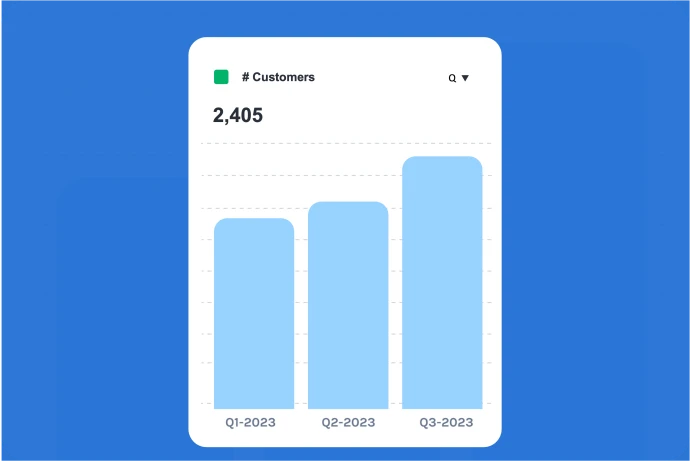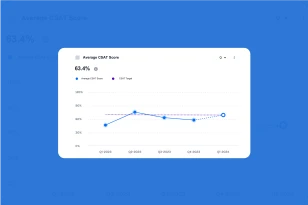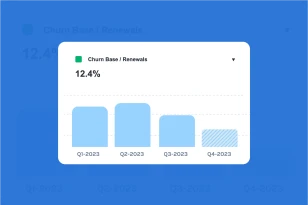What is the Number of Customers?
The Number of Customers is a fundamental metric that quantifies the total count of individuals or companies who have purchased a product, subscribed to a service, or engaged with a company. It provides a snapshot of the customer base size and is a key indicator of a business’s reach and market penetration.
Why is it Important to Measure the Number of Customers?
Measuring the Number of Customers is important for several reasons:
- Business Growth: The growth or contraction of the customer base directly correlates with the overall growth or decline of a business. An expanding customer base is often associated with increased revenue and market share.
- Market Penetration: The number of customers indicates the extent to which a company has penetrated its target market. High market penetration may suggest effective marketing, sales, and customer acquisition strategies.
- Revenue Potential: The size of the customer base influences the revenue potential of a business. A larger customer base provides more opportunities for sales, upselling, and cross-selling.
- Customer Lifetime Value: Understanding the total number of customers is crucial for calculating metrics like Customer Lifetime Value (CLV). CLV helps businesses assess the long-term value each customer brings.
- Market Share Analysis: The number of customers is a factor in determining a company’s market share within a specific industry or market segment. It provides context for competitive analysis.
How To Increase the Number of Customers?
Increasing the Number of Customers involves strategies to attract new customers, retain existing ones, and expand the customer base. Here are key approaches:
- Marketing Campaigns: Implement targeted marketing campaigns to reach new audiences and attract potential customers. Utilize various channels, such as digital marketing, social media, and traditional advertising.
- Customer Acquisition Programs: Develop customer acquisition programs and promotions to incentivize new customers to try the product or service. Offer discounts, free trials, or special introductory offers.
- Referral Programs: Encourage existing customers to refer new customers through referral programs. Incentivize referrals with rewards or discounts for both the referring customer and the new customer.
- Product or Service Enhancements: Continuously enhance products or services based on customer feedback and industry trends. Offering a superior and evolving offering can attract new customers.
- Partnerships and Collaborations: Explore partnerships or collaborations with other businesses to expand reach and tap into new customer segments. Joint ventures or co-marketing efforts can be mutually beneficial.
- Customer Retention Strategies: Implement strategies to retain existing customers and prevent churn. A satisfied and loyal customer base contributes to long-term growth.
- Customer Experience Improvements: Focus on improving the overall customer experience. A positive experience not only retains existing customers but can also lead to positive word-of-mouth and referrals.
- Community Engagement: Engage with the ICP community through events, sponsorships, or partnerships. Building a strong presence in community can attract local customers.
- Online Presence Optimization: Ensure a strong and optimized online presence. Invest in search engine optimization (SEO), online advertising, and social media to increase visibility and attract online customers.
- Competitive Pricing: Evaluate and optimize pricing strategies to remain competitive in the market. Competitive pricing can be a significant factor in attracting price-sensitive customers.
By implementing these strategies, businesses can work towards improving the Number of Customers, leading to increased market share, revenue, and overall business success. Regular monitoring, analysis, and adaptation based on market dynamics contribute to sustained customer base growth over time.




